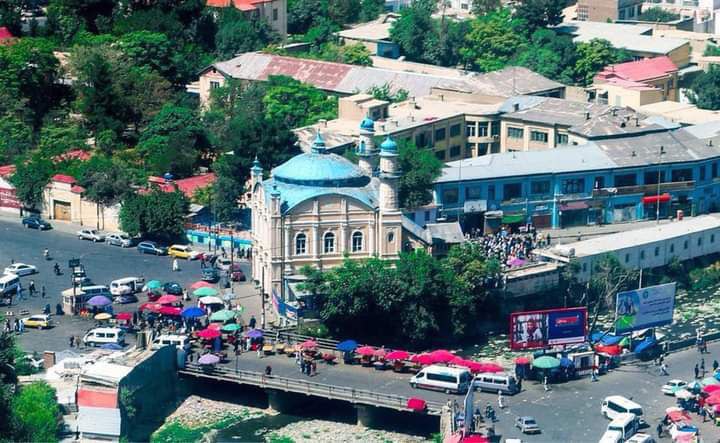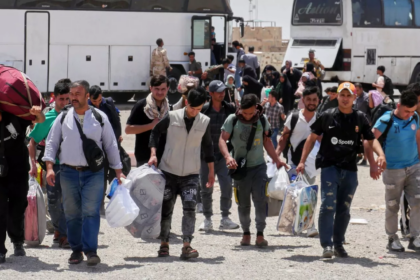RASC News Agency: Kabul residents have voiced strong opposition to the Taliban’s recent renaming of several historic areas, asserting these changes are unacceptable. The Taliban renamed “Deh Afghan” to “Chahar Rahi Farhang” and “Chahar Rahi Taleem wa Tarbiat” to “Chahar Rahi Ketab,” citing a need for “better systematization” and eliminating ethnic biases. Historically, many Kabul intersections and areas have had Persian names reflecting the city’s rich heritage and diverse history. For instance, “Deh Afghan” has been known since Amir Abdur Rahman Khan’s reign.
Residents emphasize their commitment to traditional names. One resident remarked, “Changing the names of places known for generations serves no purpose. Calling ‘Deh Afghanan’ ‘Chahar Rahi Farhang’ won’t catch on.” Another added, “It will take years for people to adapt to these new names.” The Ministry of Information and Culture insists these changes align with their administrative vision. However, locals, deeply attached to their city’s historical names, remain resistant.
In addition to these changes, the Taliban have renamed other notable locations: “Ahmad Shah Massoud Square” to “Sehat Ammah Square,” “Abdul Ali Mazari Square” to “Quran Square,” and “Fayz Mohammad Kateb Hazara Road” to “Char Qala Chardeh Road.” Despite these official changes, residents continue to use the traditional names. The Taliban have also renamed Hamid Karzai International Airport to Kabul Airport and several universities and institutions, but the public largely ignores these new designations. Over the past three years, the Taliban have targeted names linked to their political opponents and other Afghanistani leaders.
Residents of Kabul and other affected areas reject these changes, preferring to preserve the historical and cultural identity reflected in the original names. The Taliban’s renaming efforts extend beyond Kabul to cities, universities, airports, and institutions in other provinces.
Notably, “Deh Afghanan,” a central area of Kabul, holds significant historical value, dating back to the Mongol era and flourishing during Amir Abdur Rahman Khan’s reign. It encapsulates the stories and heritage of old Kabul and its native residents, housing important landmarks like the Serena Hotel, the Ministry of Education, major commercial centers, Zarnegar Park, and the Ministry of Communications.






